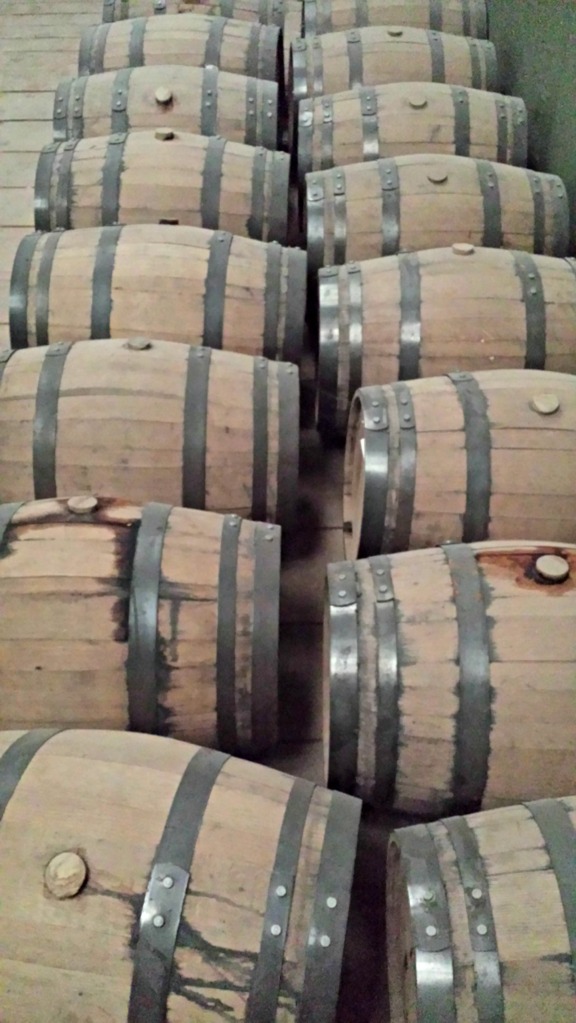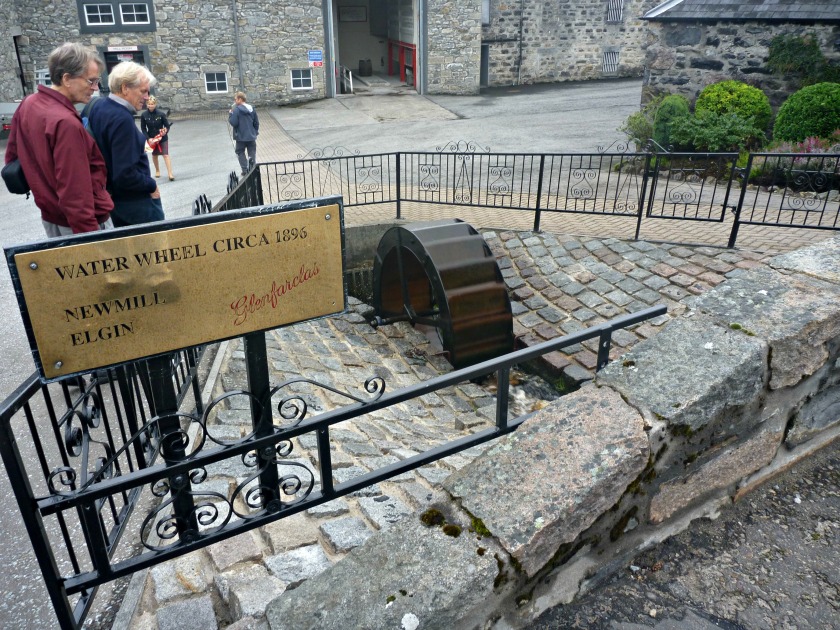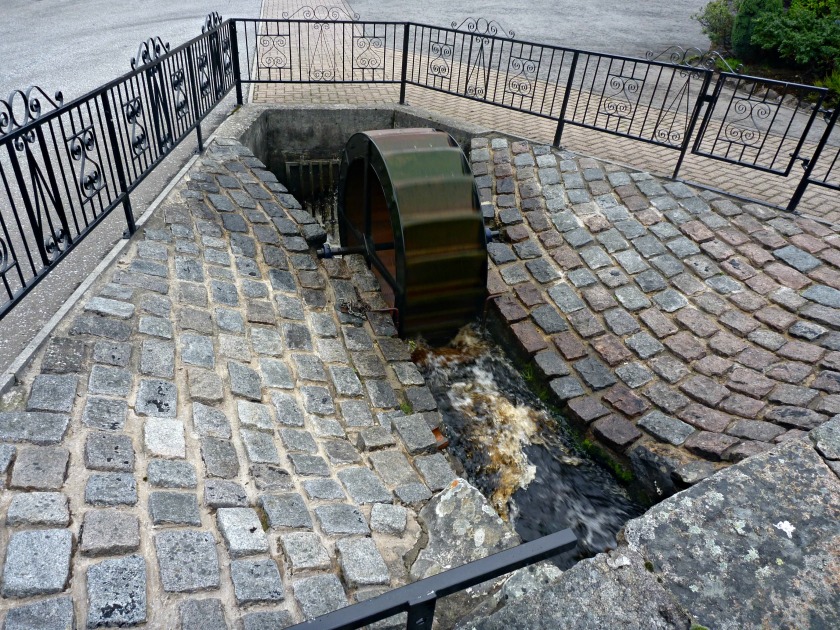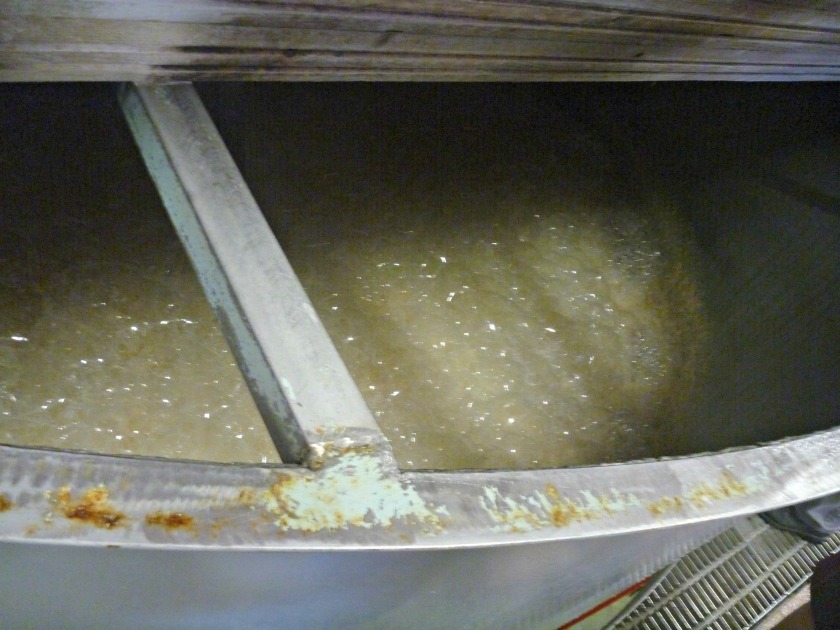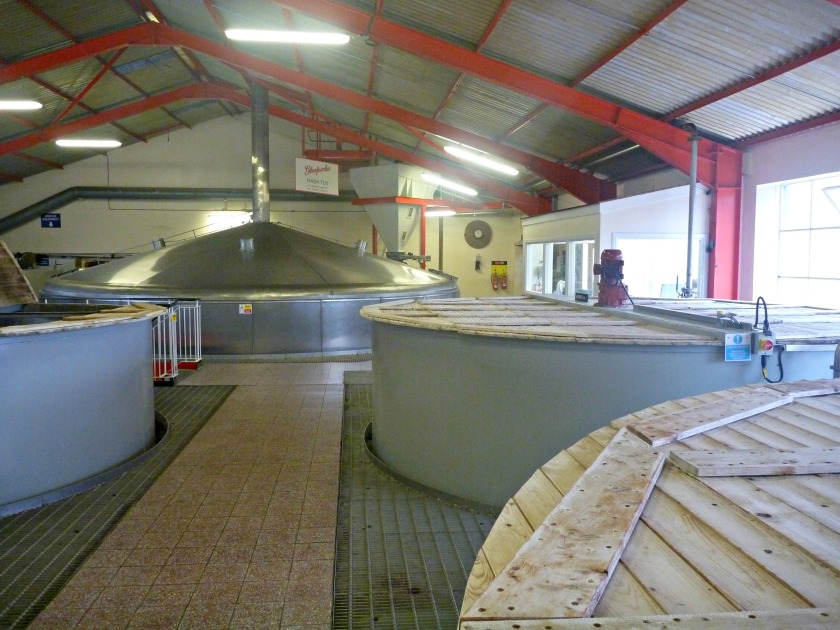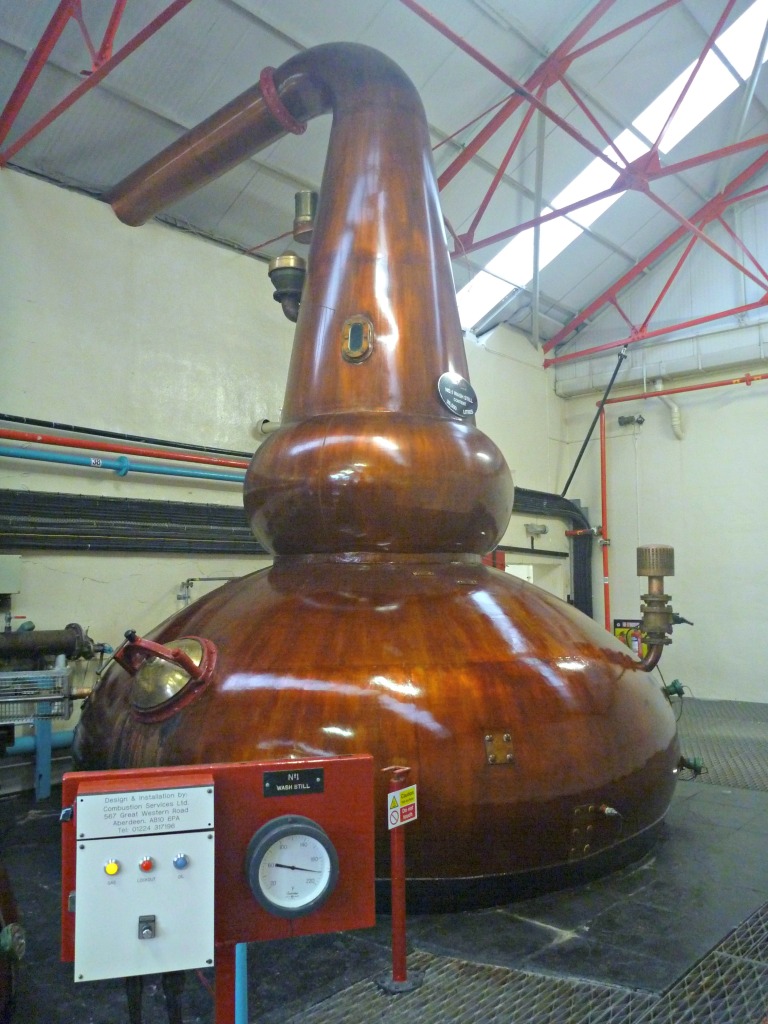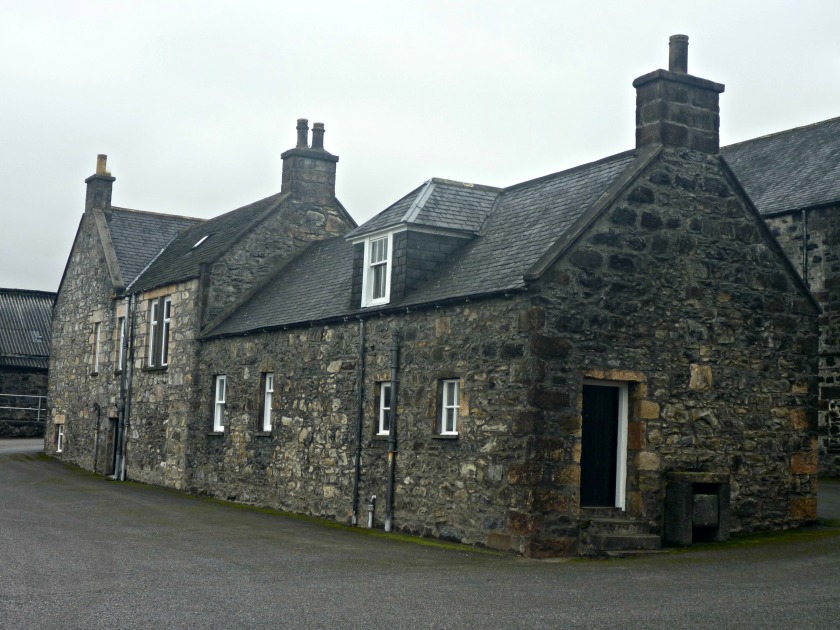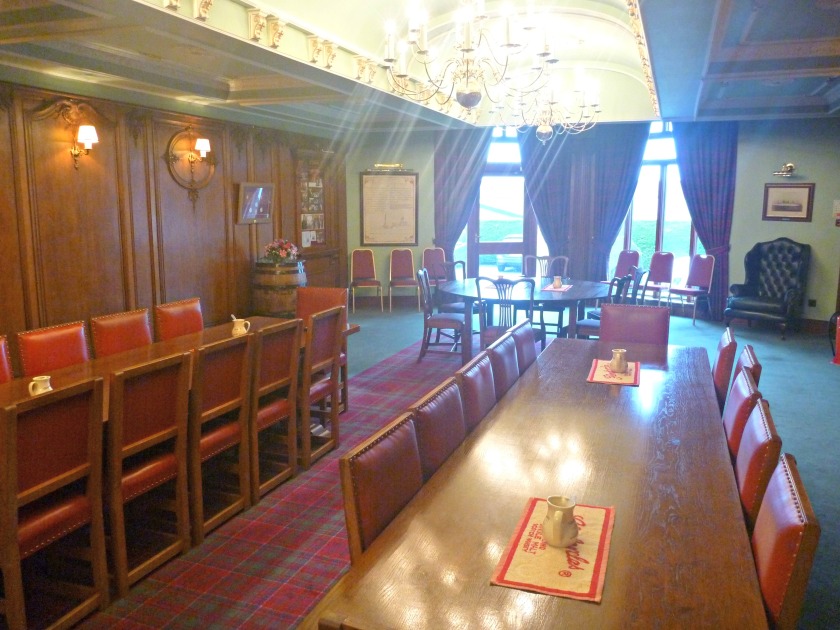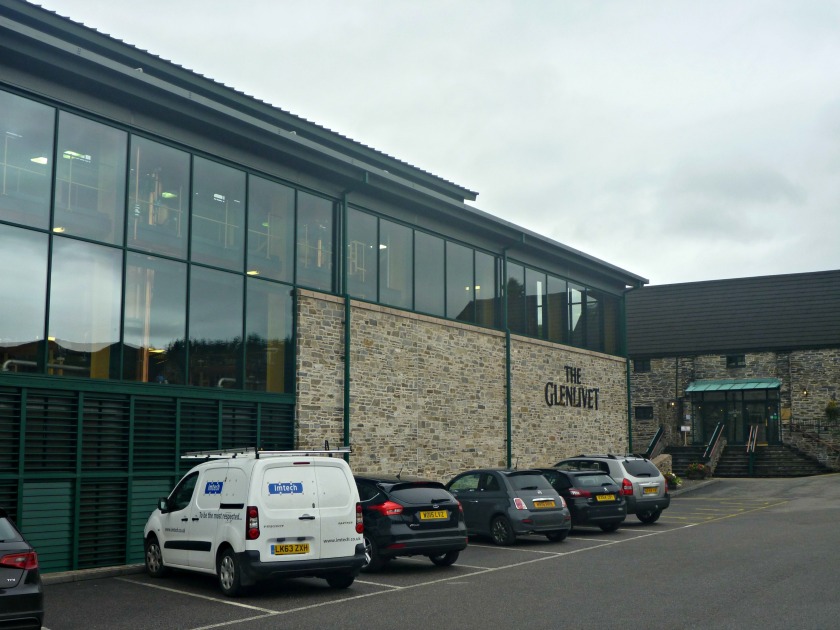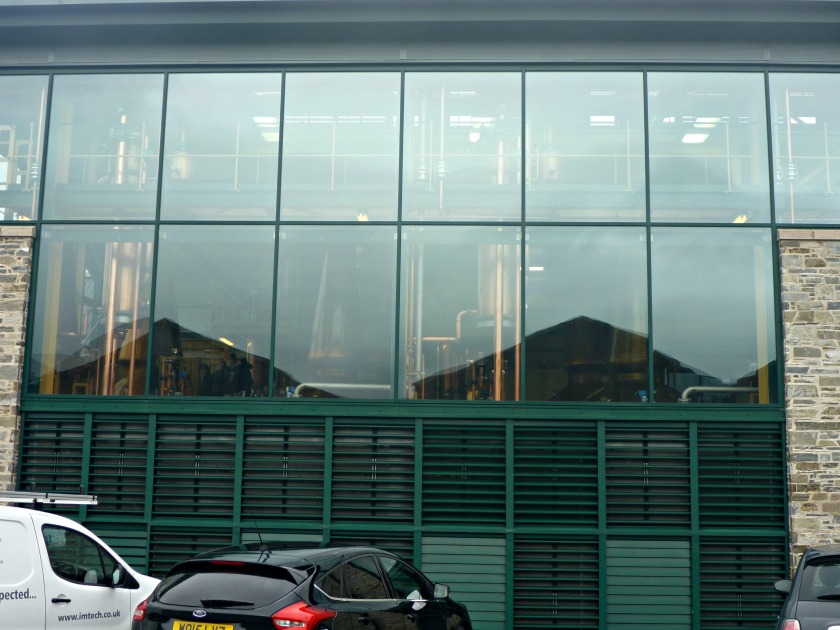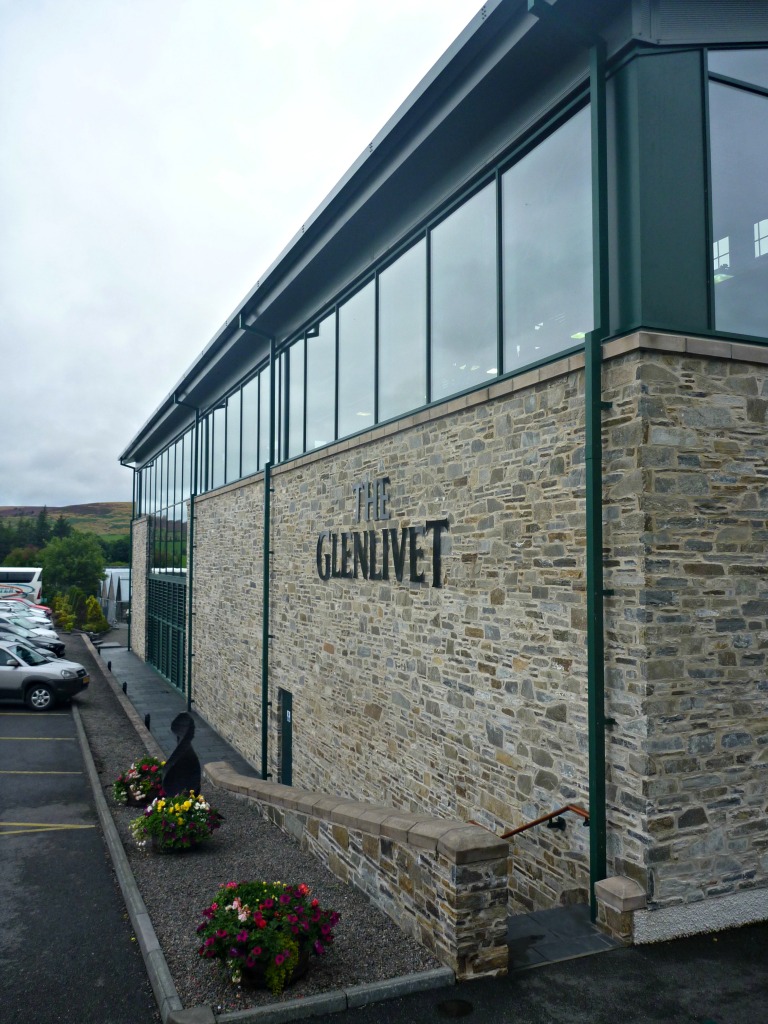Visit #15, December 19th, 2015
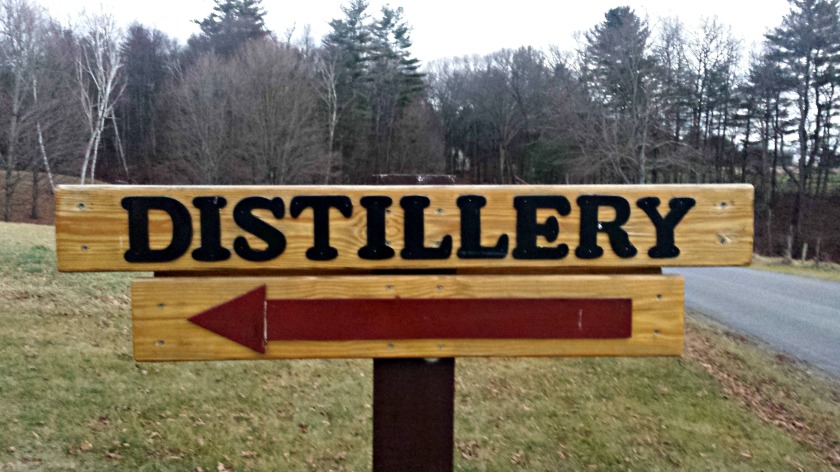

The Christmas holidays were close at hand when we visited this northern oasis in Upstate New York just outside of Queensbury and Lake George. Springbrook Hollow Farm Distillery is set on a beautiful property tucked back in the foothills of the Adirondacks. Co-owned by Mike Forcier, Dave Bannon, Tony DeSantis and Ken Rohne, the distillery has been opened to the public since December of 2014. In this time they have done some remarkable work crafting their spirits and drafting plans that should make them known outside of New York state and possibly the USA.
Our tour was led by owners Dave and Ken and they provided us with a great overview of how their distilling operations work and the plans they have for the future. It is very much a local operation with ingredients coming from many of the local farms and providers found in New York state. They use all New York state grains and most of the grain comes from the Ellsworth Farm in Easton, NY. The cider, cinnamon and maple all come from local farms in the area as well.
Here are some notes from our tour of their equipment and process:
- 600-gallon mash tun / 1000 lb of grain
- Bulk farm milk tank is used for both cold water and fermentation
- Fermentation takes approximately 5 days
- 2 days of distillation on Thursday and Friday
- Kothe German Pot Still – 300 gallons – has a stainless steel jacket
- The still is steam-fired with a 1 million BTU steamer
- Hot water is solar-produced
- Whiskey Helmet – shape configured for whiskey
- Hybrid still produces 30 gallons of hearts
- Barrels come from US Barrel in Wilmington, NY
- They currently use 15 gallon and 53 gallon barrels
- 4-bottle labeler machine – takes 30 seconds
- Bottles dipped in wax similar to Maker’s Mark

Mash Tun 
Mash Tun 
Farm milk tank 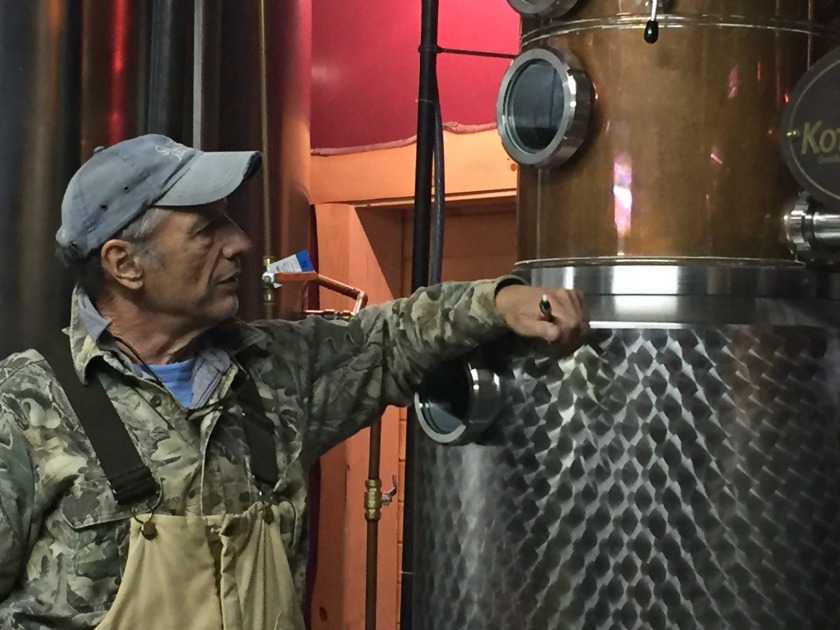
Kothe Still 
Grain storehouse 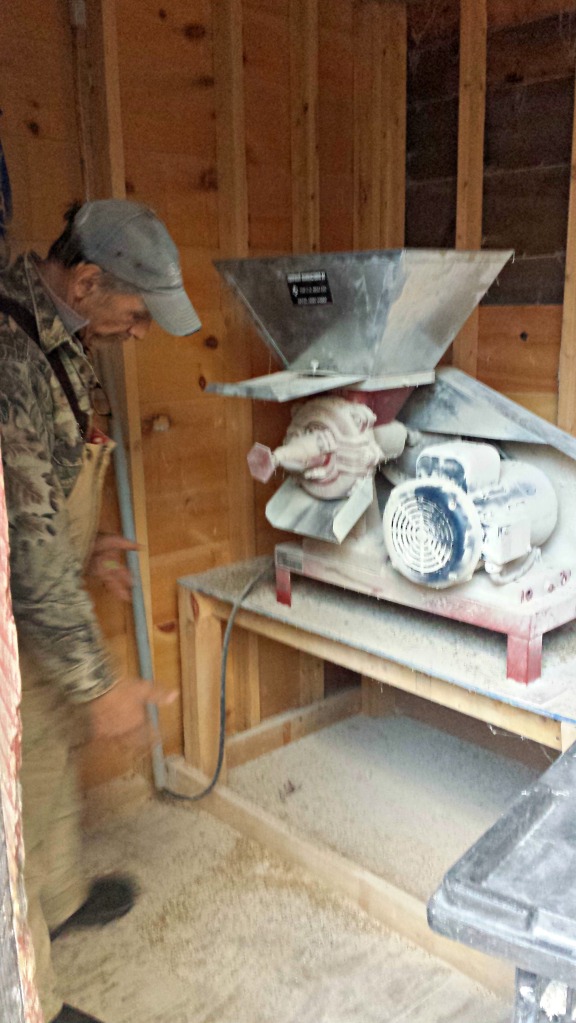
Mill 
Work Station 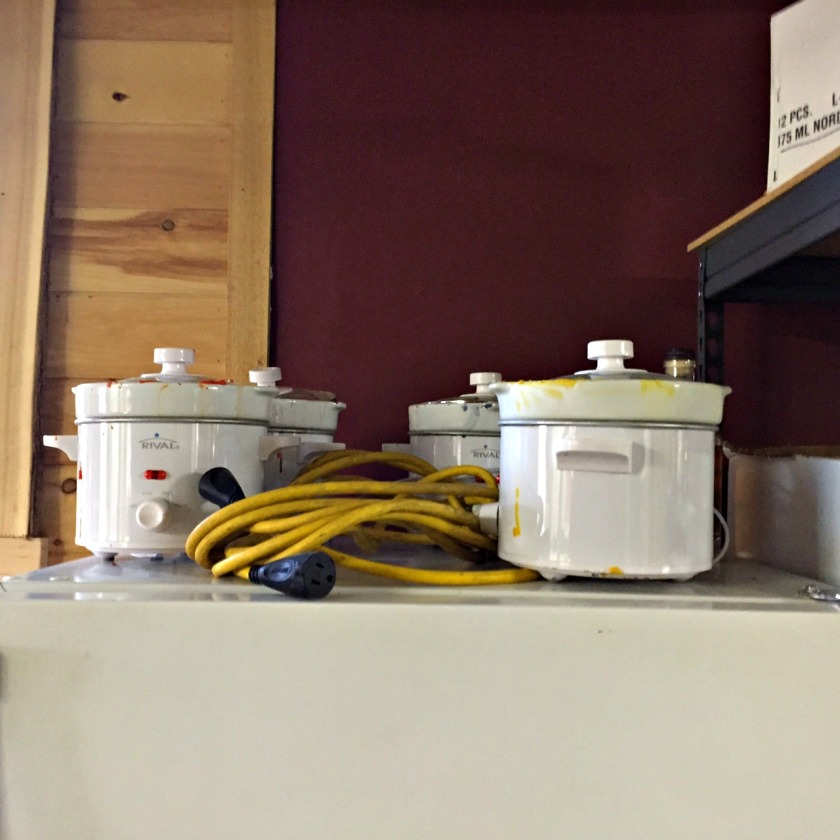
Wax melting and dipping 
Upstairs in a barrelhouse
The tour itself was great. You can see the passion that both Dave and Ken had for their products. Dave took us upstairs to see the spirit aging in barrels in the hay loft. He mentioned that they would like to remodel the space upstairs for special events and possibly dinners. I think it would be a great idea. Out back we saw their grinder/mill and storage area for grain.
Back inside we were able to taste some of their products, including their Double Gold National winner Two Sisters Vodka, the Gold International winner Sly Fox Gin, the varied flavored moonshines (both apple cider and maple), and their “cellos”, the Limoncello and the Orangecello. After talking to them for a while about their whiskey aging upstairs, Dave thought that we needed to see how it was doing. Before I knew it Ken went upstairs and pulled a small sample from one of the barrels that has been aging for almost 16 months. Now this was a cask-strength taste and it was very good. I really look forward to tasting the final product. This could be special. Thanks to Dave and Ken for a great tour and taste!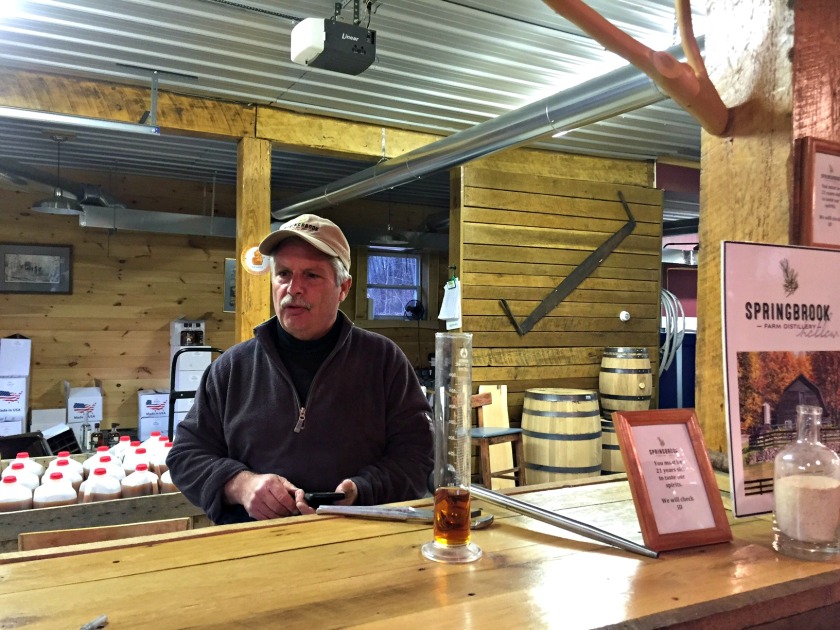
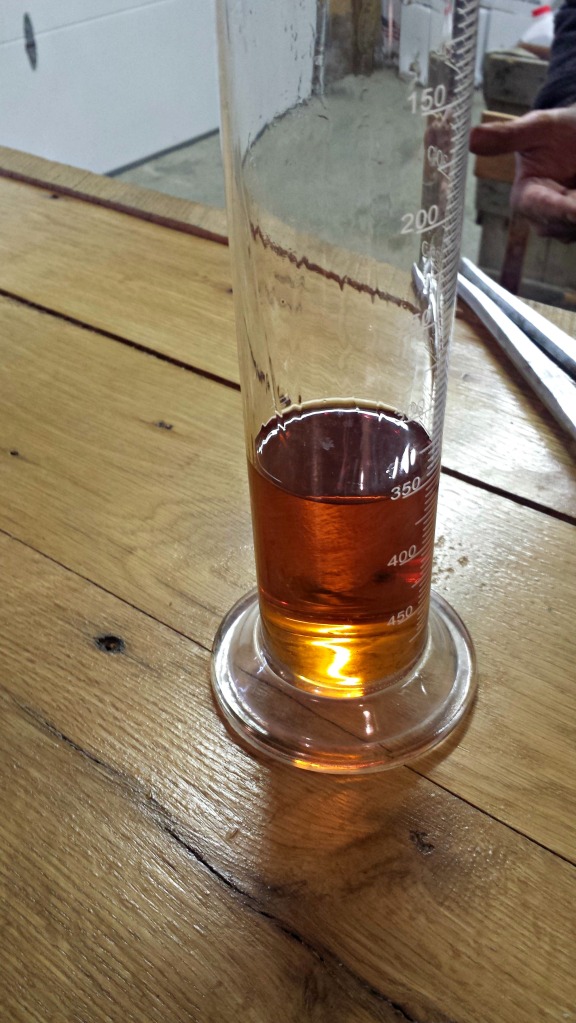

Charles’ Notes: What’s nice about a small operation like this is that you can really see the amount of work it takes to run a distillery like this. And the modifications that are made to make things work. To see a farm milk tank being used as a fermentation tank was new to me. But what a great dual use of this piece of equipment. This distillery is a combination of science and function. The location is really beautiful, set above the property with the woods as a backdrop. I look forward to revisiting soon to see what projects are in the works.






